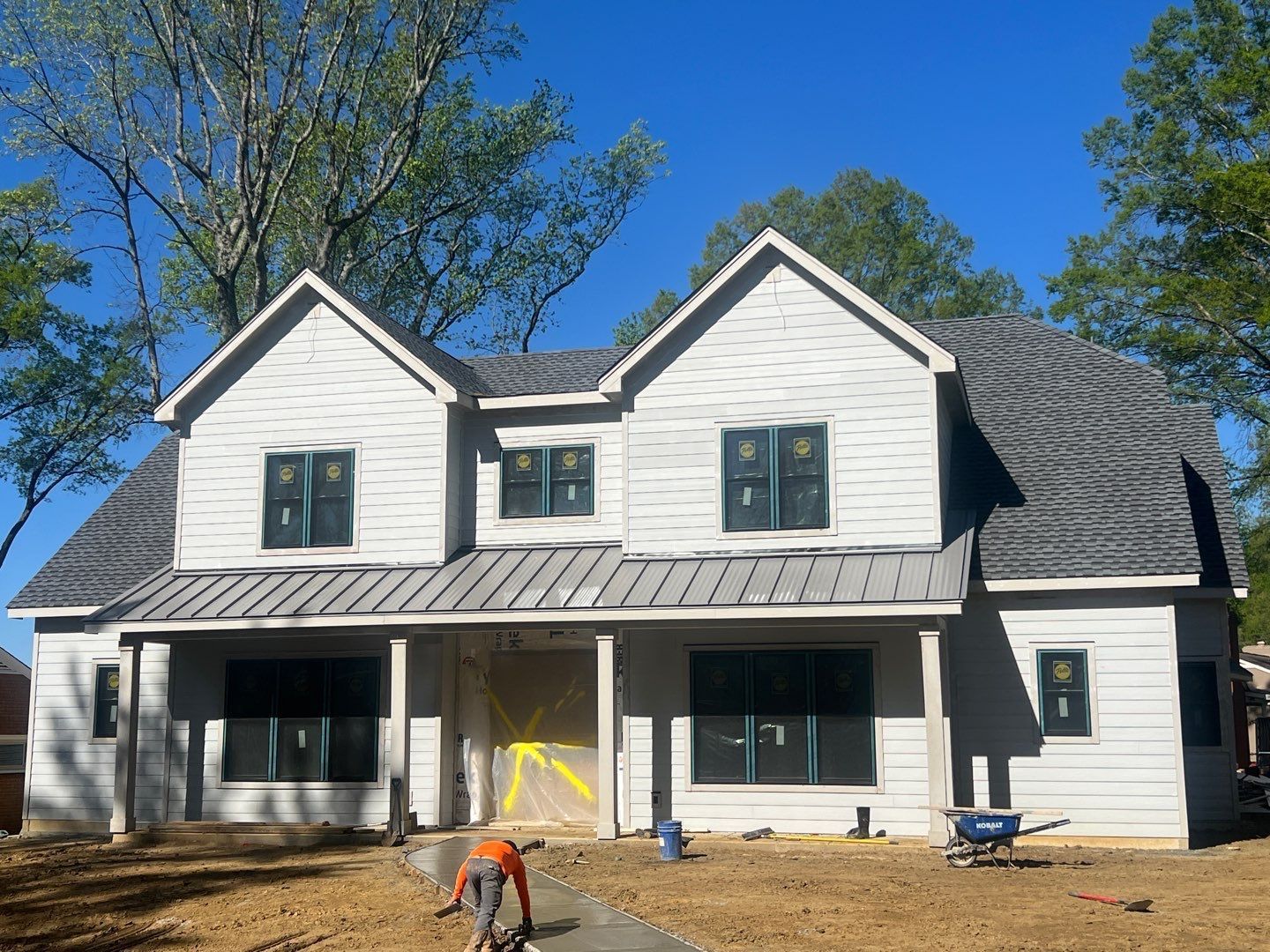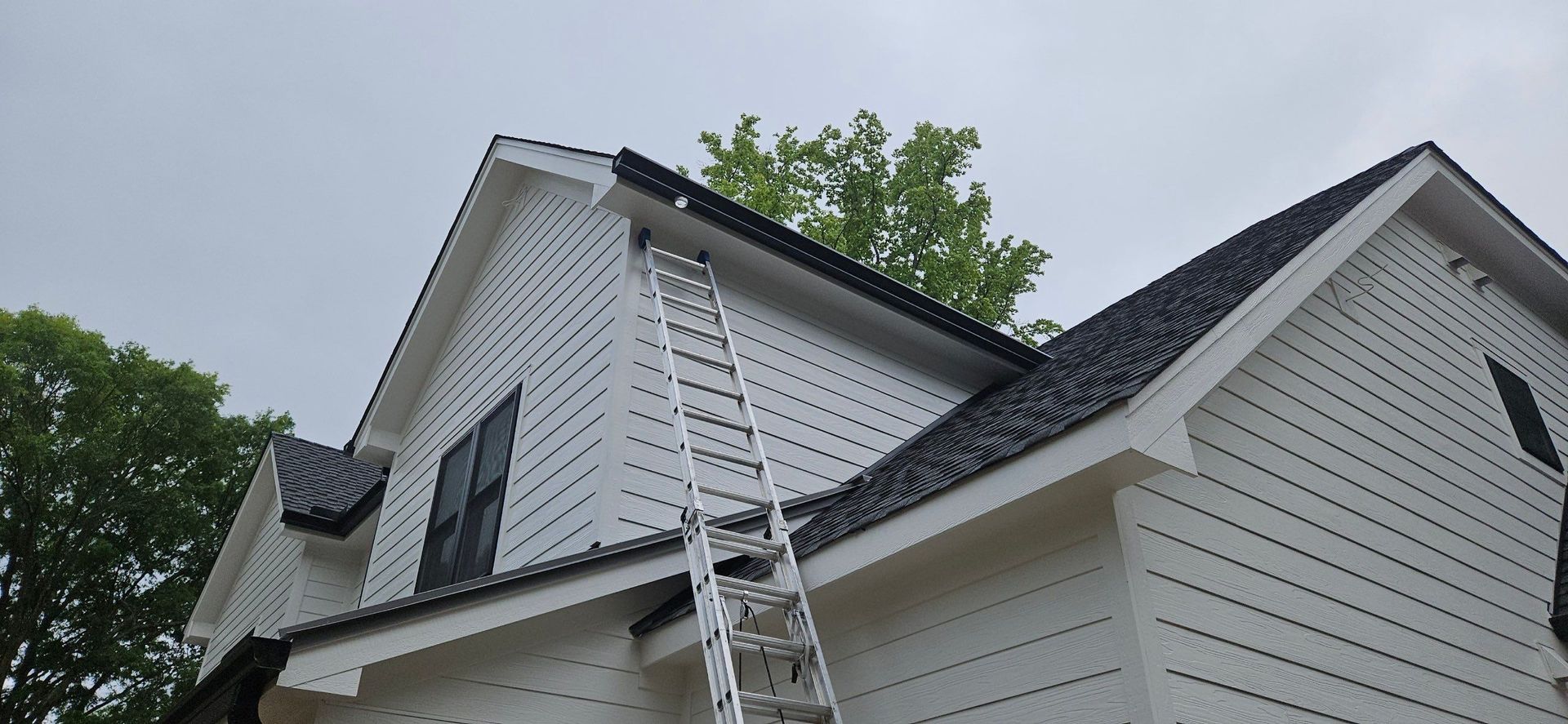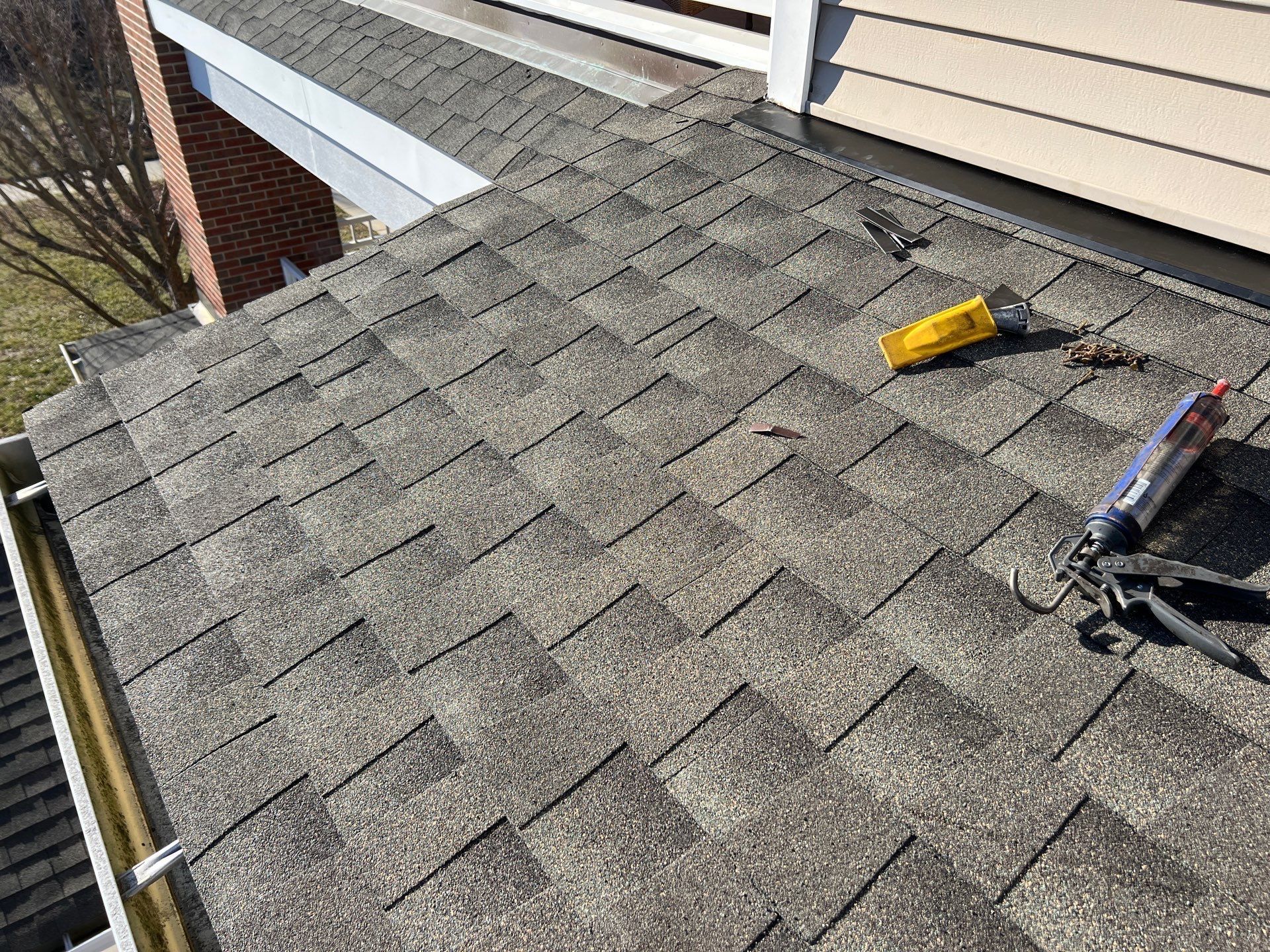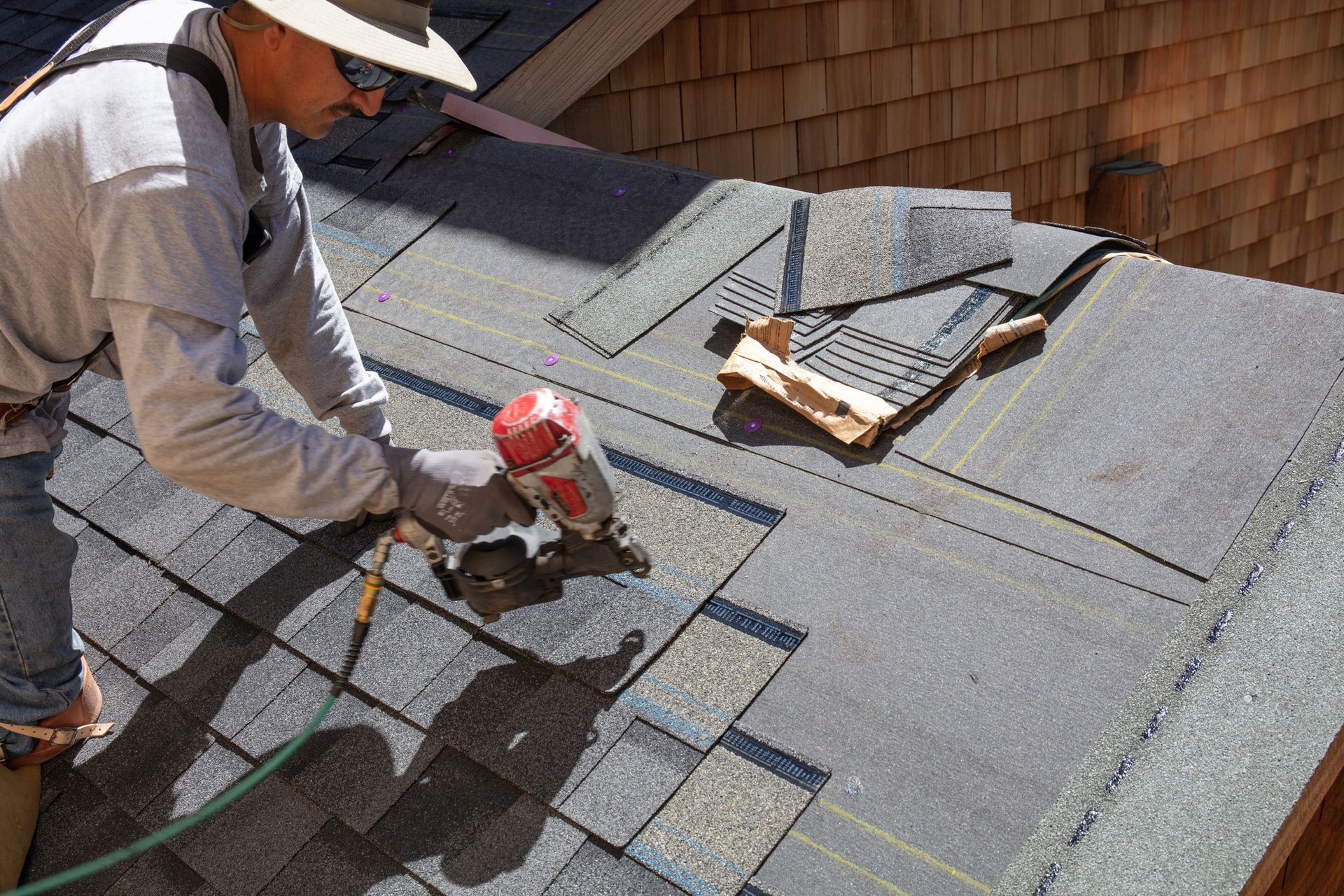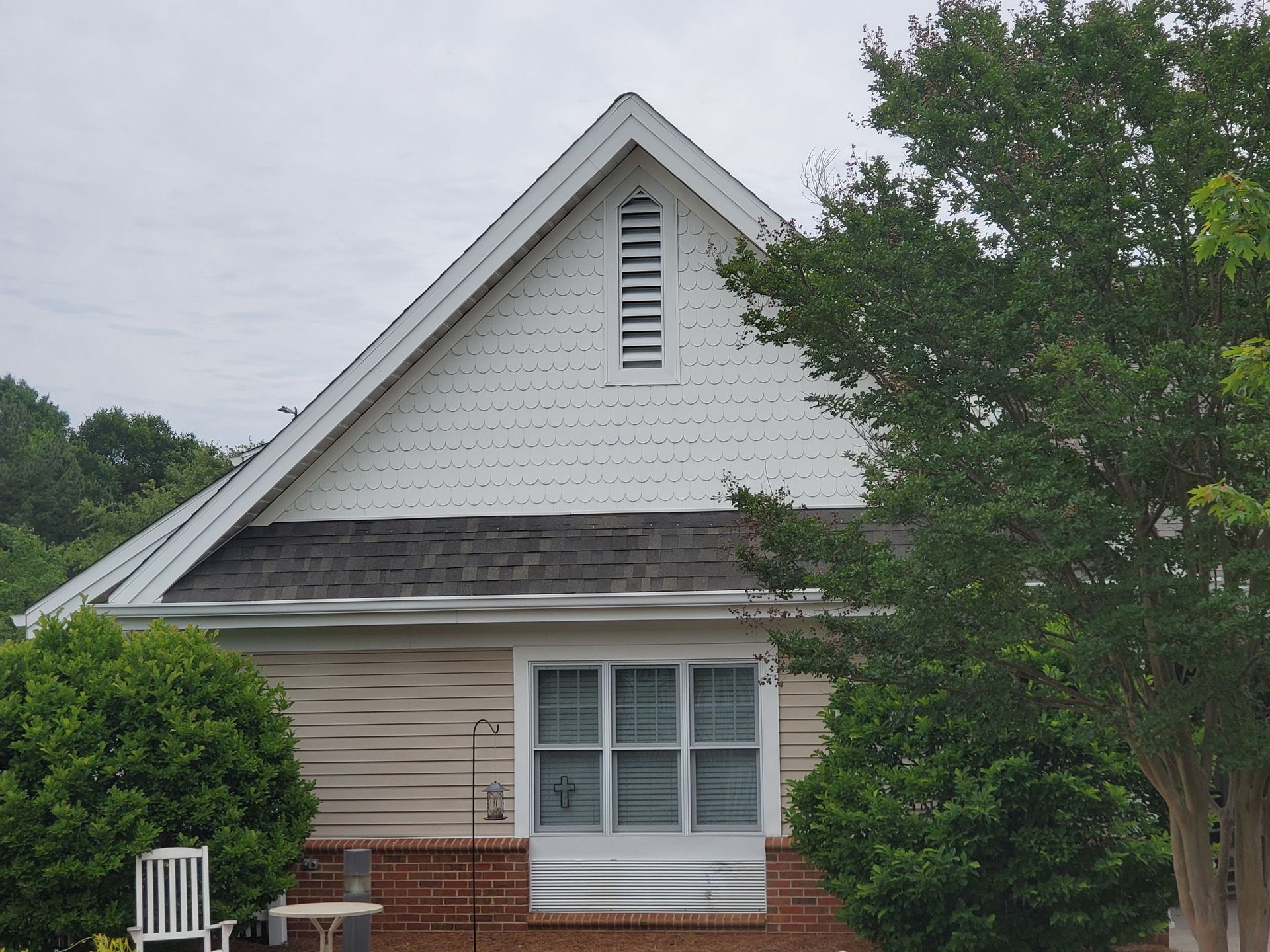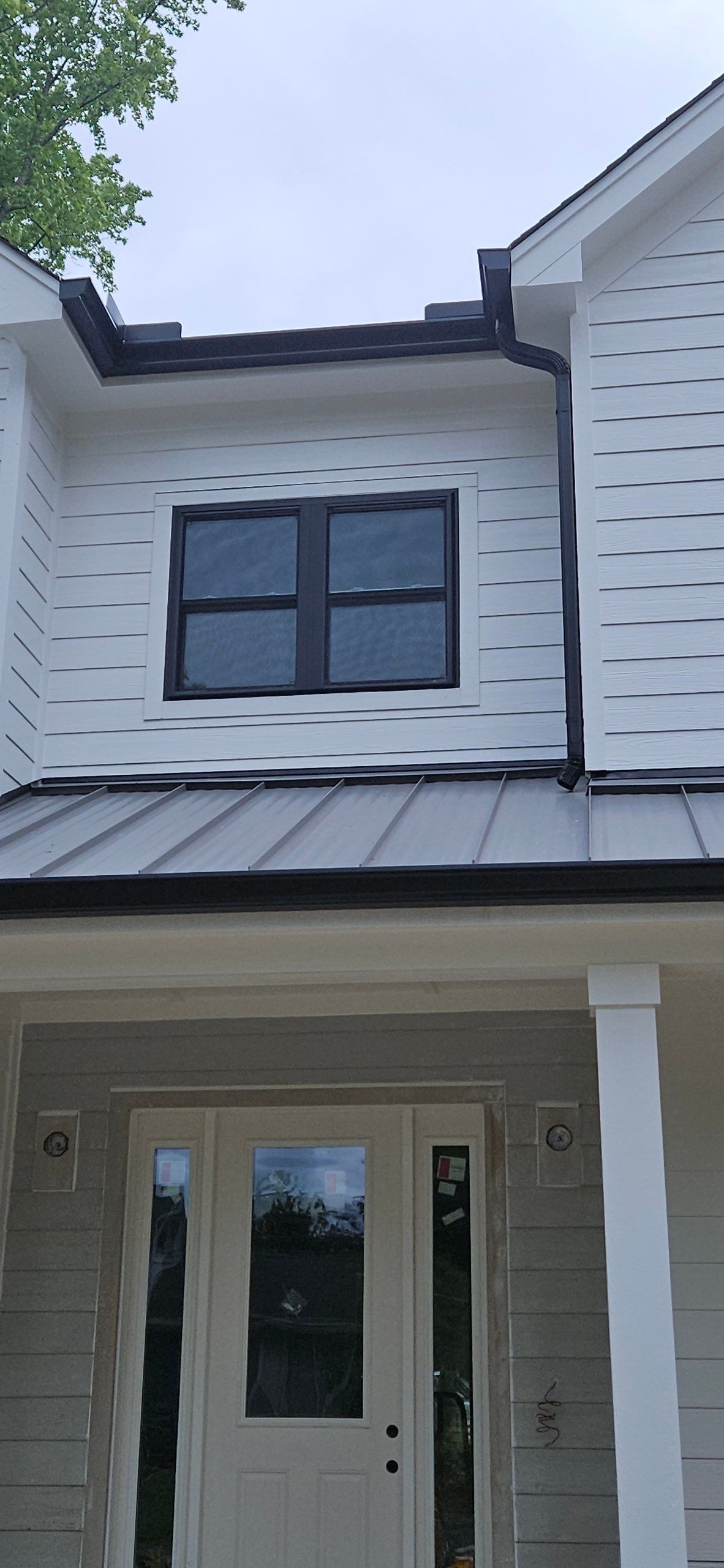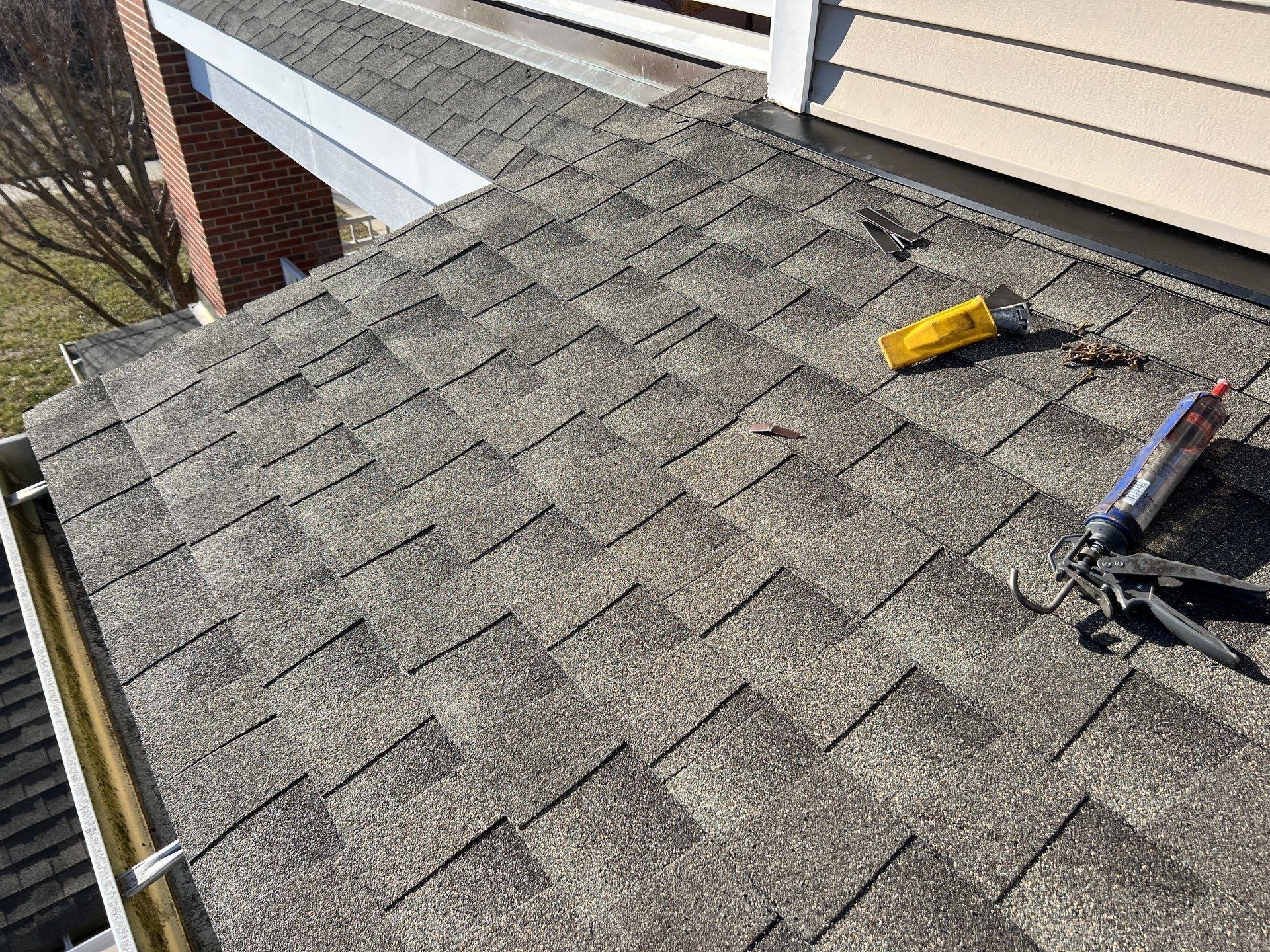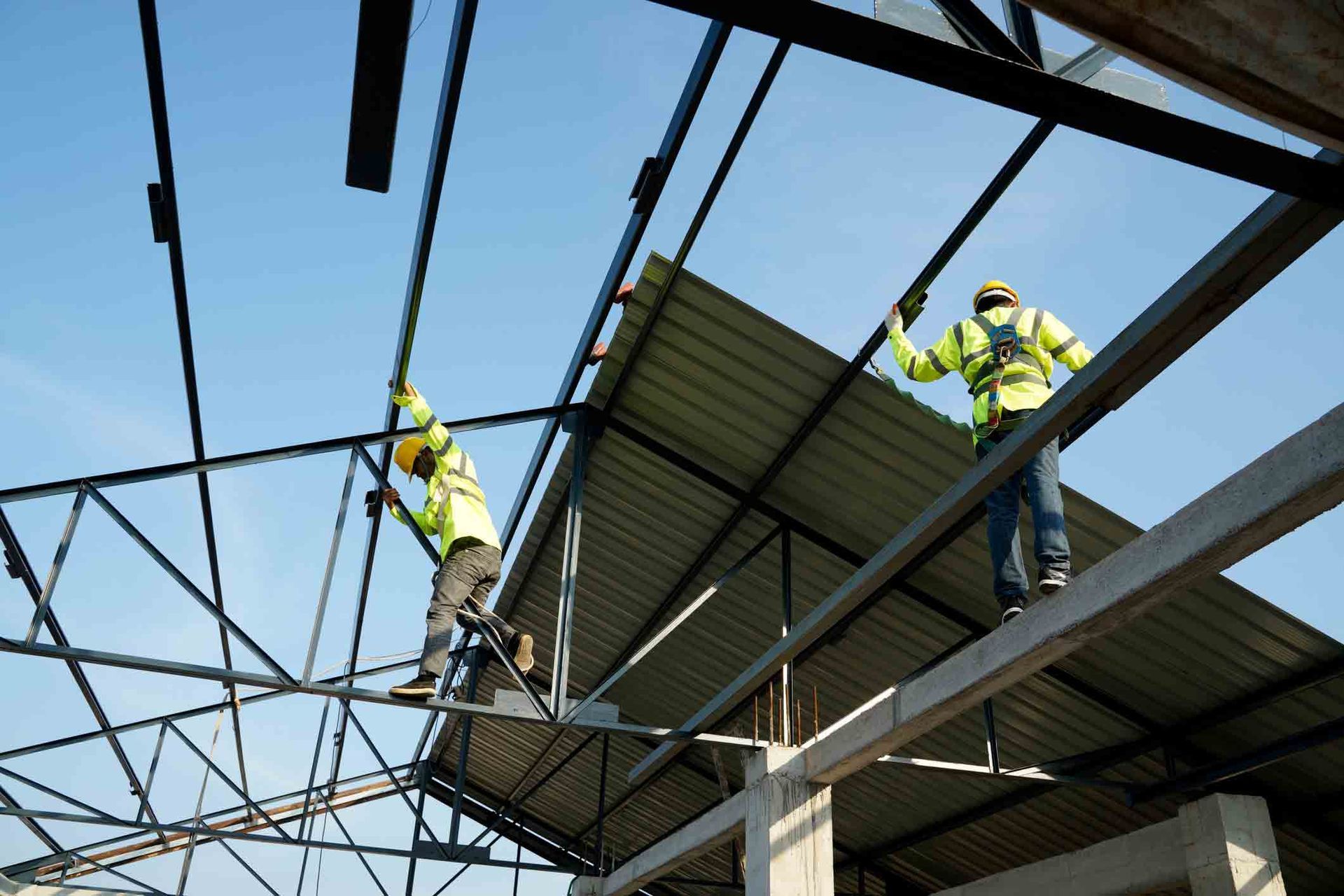Roofing Case Study: Dealing with Storm Damage
The term 'storm damage' refers to the severe destruction and deterioration that can occur to a structure, specifically, a roof, due to harsh weather conditions. These conditions can include hail, heavy rain, strong winds, snowstorms, and even hurricanes. The damage incurred can range from minor issues, such as missing shingles, to significant problems like structural instability due to a collapsed roof. In some instances, the aftermath of a storm can lead to secondary problems like water damage, mold growth, and insulation devastation that can render a property uninhabitable if not addressed promptly and effectively.
In the forthcoming case study, we will delve into a real-life scenario wherein a residential property experienced significant storm damage. The storm, characterized by its torrential downpour and gale-force winds, wreaked havoc on the property's roofing system, leading to serious concerns regarding the structural integrity of the house. The study will provide an extensive examination of the damage, the steps taken for assessments, the process employed for repairs and the measures adopted to prevent future occurrences of similar damages. This case study aims to enlighten homeowners, property managers, and roofing contractors about
the best practices for dealing with storm damage and the importance of swift, professional response in such situations.
Understanding Storm Damage
Range of Damage to Roofs
Understanding the true impact of storm damage on roofs requires a comprehensive examination of the various types of weather conditions and their respective effects. Storms, in their various forms, can cause a range of damage to roofs, from subtle to catastrophic. A hailstorm, for instance, can cause bruising or punctures on the roof, leading to leaks or accelerated deterioration of roofing materials. High-speed winds can rip off shingles, damage gutters, or even cause heavy debris to fall on the roof, causing structural damage. Rain, on the other hand, while seemingly harmless, can cause severe water damage over time, leading to mold growth, rot, and leaks.
Different Types of Storm Damage
Diving deeper into the different types of storm damage, it becomes clear that each has its unique impact on a building's structural integrity. Hail damage can compromise the lifespan of the roof, leading to premature replacement. Wind damage, especially when it results in missing shingles, exposes the underlying materials to the elements, causing further damage and potentially leading to significant structural issues. Prolonged exposure to rain can seep into the underlayment, decking, and eventually, the building's interior, affecting not only the roof but also the walls, insulation, and foundation.
Impact of Storm Damage
The impact of storm damage on a building's structural integrity cannot be overstated. A damaged roof can expose the house to further damage from the elements, pests, and even structural instability if not promptly and properly addressed. The case study of the residential property that incurred substantial storm damage provides a prime example of this. The damage to the roof led to water intrusion, which affected the building's interior and, eventually, its structural integrity. Hence, it is critical to address storm damage promptly and professionally to maintain the building's safety and longevity.
Case Study: Before the Storm
The residential property in our case study, located in the heart of Tornado Alley, was a typical suburban home built in the late 1980s. The building was a single-story detached house with a pitched roofing system. The roof was originally covered with asphalt shingles, a popular choice due to their durability and cost-effectiveness. The homeowners had maintained the property well, ensuring regular upkeep to preserve the house's structural integrity.
Before the storm, a thorough evaluation was conducted to
assess the roof's initial condition. The inspection revealed that the roof was in fair condition, showing typical signs of wear and tear but no significant damage. The shingles were slightly weathered, a few had minor curls at the edges, and there were minor granule losses, all common for a roof of that age. However, the flashing and gutters were intact, and there were no signs of leaks or water damage.
The homeowners, understanding the impact of severe weather conditions on their roofs, had put preventive measures in place. They had installed a high-quality underlayment beneath the shingles to provide an extra layer of protection against water intrusion. Gutter guards were also fitted to prevent clogging and ensure efficient water runoff. In anticipation of high winds, the homeowners had the shingles secured with six nails instead of the standard four, increasing their wind resistance. They had also trimmed the trees around the property to prevent potential damage from falling branches.
Despite these preventive measures, the property was not immune to the destructive effects of severe storms. The real test of these efforts came when a devastating storm hit the area, causing substantial damage. The following sections of this case study will delve into the storm's impact on the house, the immediate aftermath, and the steps taken to restore the roofing system.
Case Study: The Storm and its Aftermath
The storm that led to the significant damage to the property was a severe one. It was characterized by gale-force winds, heavy rain, and hailstones. A tornado warning was issued by the local meteorological department, indicating the intensity of the storm. The storm lasted for approximately three hours, leaving a trail of destruction not only on the subject property but also in the wider community.
The immediate effects of the storm on the roof were catastrophic. The high winds had torn off several shingles exposing the high-quality underlayment that was in place. The gutter guards were dislodged by the heavy rains, causing water to pour directly onto the property's foundation. The hailstones had punctured and cracked several areas of the roof, leading to leaks inside the home. The severity of the storm had overridden the preventive measures put in place by the homeowners.
The assessment of the storm damage was conducted by a team of professional roofers. They noted that the underlayment, despite being exposed, had performed optimally by preventing water from seeping into the attic. However, the missing shingles, dislodged gutter guards, and the punctured roof areas necessitated a major repair. The team also noted that given the extent of the damage, a complete roof replacement would be the most viable option. By analyzing the storm's impacts and the subsequent damage, a comprehensive plan for roof restoration was developed.
Dealing with the Damage
Conduct a Comprehensive Inspection of the Roof
In the aftermath of the storm, the homeowners were faced with a daunting task. The first step taken to address the damage was to conduct a comprehensive inspection of the roof to determine the exact extent and nature of the damage. This involved a meticulous examination of every inch of the roof surface and the underlying structure to identify all areas affected. The inspection was followed by a clean-up operation to remove all debris and damaged materials.
Procure the Necessary Materials for the Replacement
Once the site was ready, the next step was to procure the necessary materials for the replacement. The homeowners opted for high-quality shingles that were rated for high winds, ensuring that their new roof would be more resilient in the face of future storms. The repair process was not without its challenges. The full roof replacement required skilled labor and meticulous planning, and the homeowners had to ensure that the work was completed before the onset of the next weather system.
The Help of a Professional Roofing Company
Additionally, there were logistical challenges involved in obtaining the necessary materials and coordinating the work schedule. However, with the help of a professional roofing company, the homeowners were able to navigate these obstacles and complete the repair work.
Role of Insurance
The role of insurance proved to be crucial in dealing with the storm damage. The homeowners had wisely invested in homeowner’s insurance that covered storm damage, which greatly eased the financial burden of the roof replacement. The insurance company was quick to respond, sending an adjuster to assess the damage and expedite the claim process. This allowed the homeowners to start the repair process promptly and avoid further complications. In the end, the insurance payout covered a significant portion of the roof replacement cost, making the entire process less stressful and more manageable for the homeowners.
Lessons Learned & Preventive Measures for Future
Importance of Being Adequately Prepared
In this case study, several invaluable lessons were learned about dealing with storm damage. Foremost among these was the importance of being adequately prepared for such events. The homeowners were able to manage the situation effectively primarily because they had comprehensive homeowner's insurance in place. This coverage was critical in mitigating the financial impact of the storm damage and enabled them to promptly engage a professional roofing company to carry out the necessary repairs. This experience underscores the importance of having suitable insurance coverage for such unforeseen events.
Preventive Measures
Preventive measures are key to minimizing future storm damage. This includes ensuring the strength and integrity of the roof structure by using high-quality, durable roofing materials. Regular inspections and timely repair of any identified issues can also keep the roof in optimal condition, reducing the likelihood of significant damage during storms. Installing elements like wind braces can help the roof withstand high winds, while gutter guards can prevent water damage.
Regular Maintenance
Regular maintenance plays a fundamental role in preventing storm damage. By keeping the roof in good condition, homeowners can avoid or at least minimize potential storm damage. Regular maintenance includes tasks such as clearing debris from gutters, inspecting for and repairing leaks, checking and replacing damaged shingles, and ensuring proper attic ventilation. These measures not only help to extend the lifespan of the roof but also enhance its ability to withstand the impacts of a storm.
In conclusion, the case study highlights the importance of preparation, prevention, and regular maintenance in dealing with storm damage. By learning from this experience, homeowners can better equip themselves to handle future storm-related challenges.
Conclusion
As we draw our discussion on the roofing case study to a close, it is essential to revisit the critical lessons we've learned. The case study focused on a home that experienced substantial storm damage. The homeowner was unprepared for the extent of the damage, which led to costly roof repairs and significant stress. We were reminded of the vital importance of comprehensive homeowner's insurance, which can alleviate the financial burden of unexpected storm damage. Ensuring your policy covers storm damage is a crucial part of being prepared.
Moreover, the case study illuminated the importance of preventive measures. Using durable roofing materials and conducting regular inspections can be the difference between minor and major damage following a storm. Timely repairs also play a crucial role in preventing further damage. Remember, a small issue today can turn into a significant problem during a storm if left unattended. We also delved into the importance of regular maintenance. Clearing debris from your roof, repairing leaks, and ensuring proper attic ventilation are all tasks that can minimize the impact of a storm. As the saying goes, 'An ounce of prevention is worth a pound of cure.'
In conclusion, the case study underlined the importance of being prepared for storm damage. It reinforced the idea that while we cannot control the weather, we can control how well-prepared we are to deal with its aftermath. It demonstrated that
being proactive about roof maintenance, using durable materials, and having adequate insurance coverage can make storm damage more manageable. In the end, the lessons from this case study serve as a valuable guide for homeowners, helping them weather the storm with less damage and stress. For all your roofing needs, including inspection, maintenance, construction, and installation, contact the skilled professionals at JW Services Inc. of NC.
Name, Address, and Phone
JW Services Inc of NC
5832 Gold Hill Rd, Concord, NC, 28025, US
(704) 228-7306
Social Media’s
https://www.facebook.com/jwconcordroofing/
